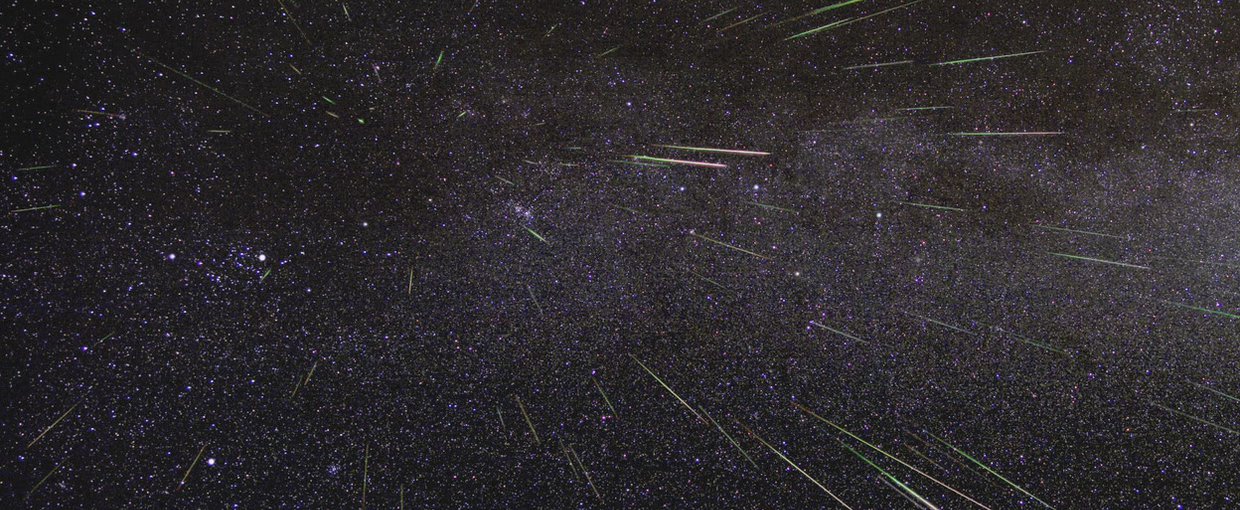
Researchers have identified a possible source of prominent macroscopic sedimentary laminations on the meteorite Isheyevo. The Isheyevo meteorite was discovered by a farmer close to the Russian village of Isheyevo in 2003. It is the first known meteorite that has features referred to as prominent macroscopic sedimentary laminations. These features are layers of silicate and metal-rich materials that can be as thick as a centimeter. This layered sedimentary rock is thought to have been formed from in-falling metal- and silicate-rich material under near vacuum conditions.
By closely examining the meteorite, the team found structural features that indicate gentle sweeping-up from an impact plume. Sediments that came to rest on the surface of the meteorite were compacted under low temperatures, which could explain the faults and load structures. The study provides further insight into accretion processes in the early Solar System that lead to the formation of the planets, moons, and smaller bodies orbiting our sun.
The study, “Sedimentary laminations in the Isheyevo (CH/CBb) carbonaceous chondrite formed by gentle impact-plume sweep-up,” was published in the journal Icarus. The work was supported through NASA’s Emerging Worlds Program. NASA Astrobiology provides resources for this and other Research and Analysis programs within the NASA Science Mission Directorate (SMD) that solicit proposals relevant to astrobiology research
